
Contact Lens Solutions
Not all contact lens solutions are the same, and it can be important to know the difference. Learn about the various types and how to choose the right solution for your needs.
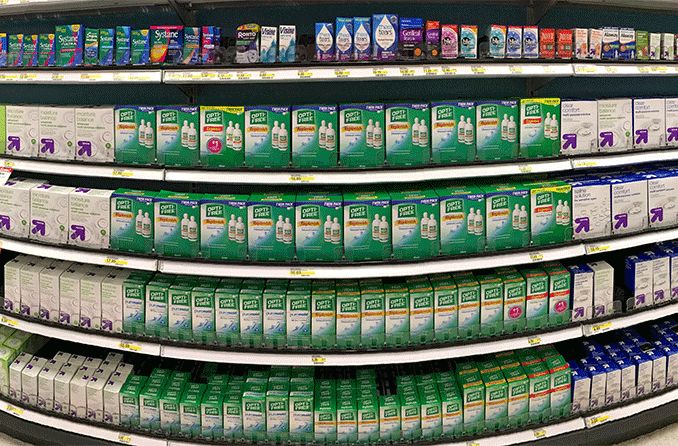
Choosing the right contact lenses is important, but you also need to choose the best contact lens solution. Find out which brand is best.

You risk getting an eye infection if you use water for contact solution. Learn why.
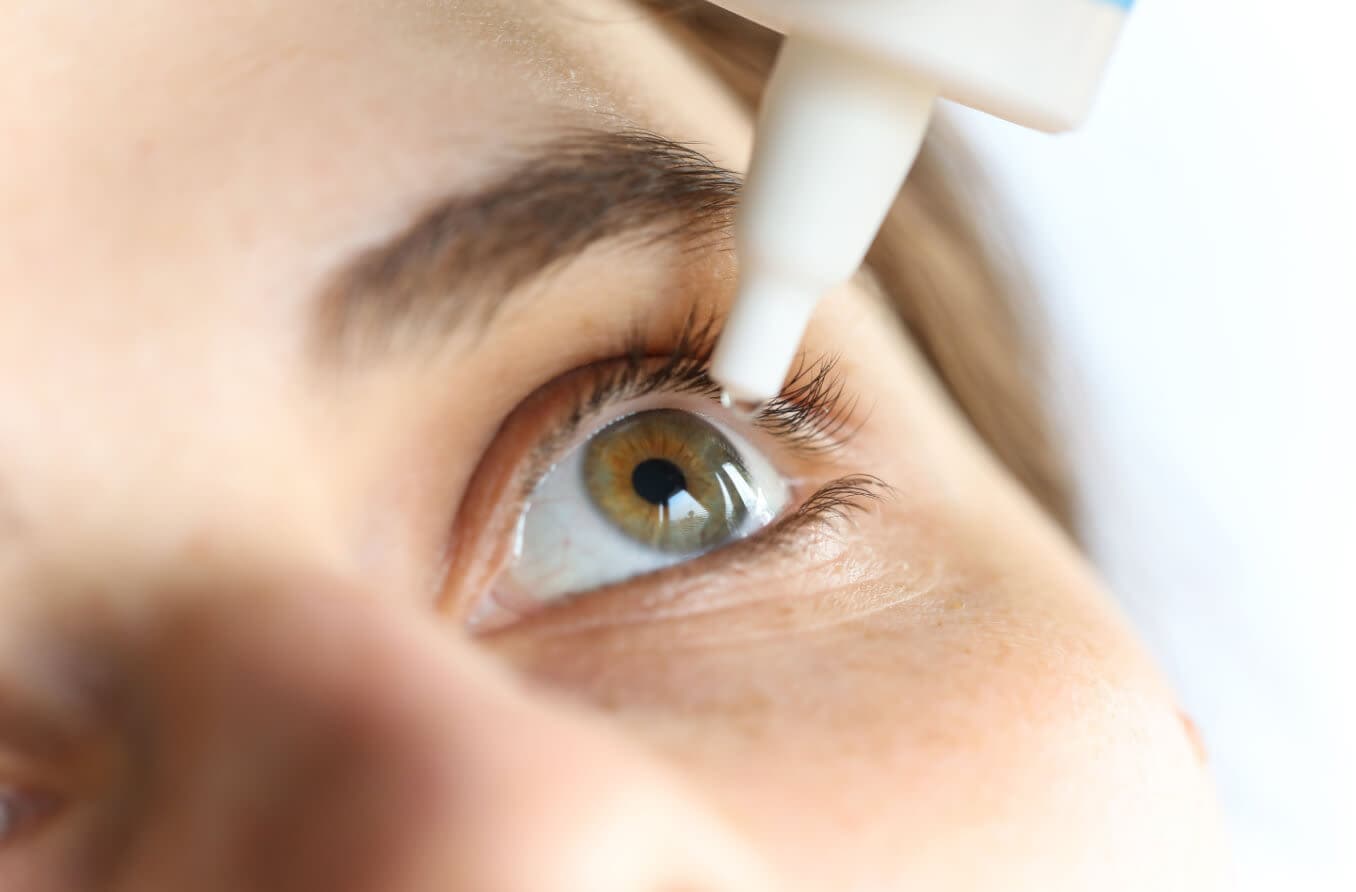
Learn if you can put contact solution in your eyes. Also, learn the difference between solution and eye drops, and if there are safe solution substitutes.
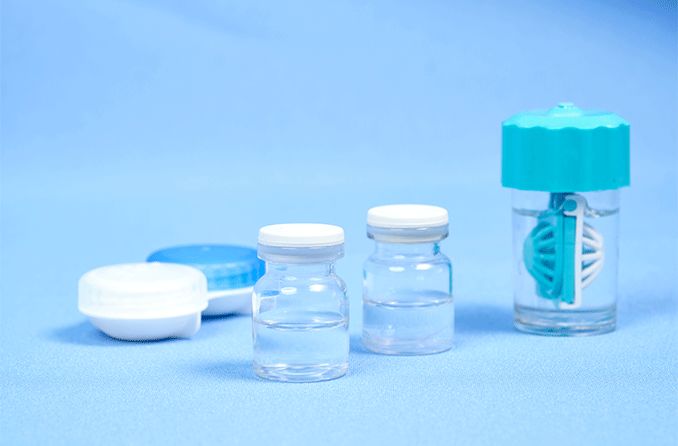
Clear Care contact solution is a popular hydrogen peroxide-based cleaning solution for contact lenses. Despite benefits, there are some drawbacks to consider.
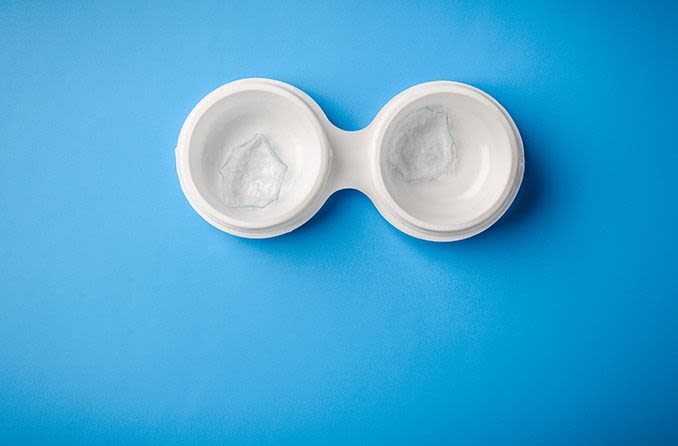
Learn how long you can keep your contact lenses in solution. Up to 30 days is the general rule, but some lenses and solutions have different guidelines.
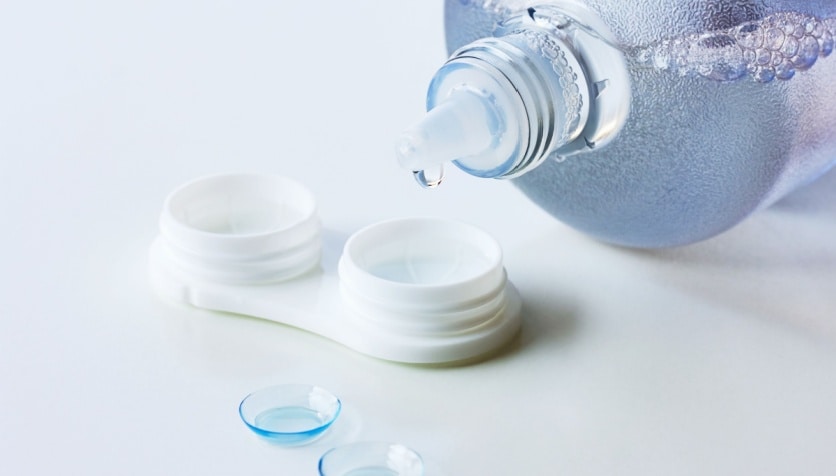
How to decide which contact solution is best for your contact lenses, such as saline, multipurpose, no-rub or hydrogen peroxide.
All About Vision and AllAboutVision.com are registered trademarks of AAV Media, LLC. © 2000-2025 AAV Media, LLC. The content on this site is for informational purposes only. All About Vision does not provide medical advice, diagnosis or treatment. Contact an eye doctor if you need medical attention.